A Toro riding mower that won't move forward or in reverse can be a frustrating and potentially costly problem. This is a common issue for many brands of riding mowers, including Toro, but why does it occur, and how can you fix it? We’ve done our research, and here’s what we found.
There are a few possible reasons why your Toro riding mower might not be moving forward or in reverse:
- The drive belt may be broken or stretched, causing the transmission pulleys to slip.
- The transmission pulleys or gears may be damaged or worn out.
- The hydraulic fluid may be low or contaminated.
- The carburetor may be clogged.
To fix your Toro mower, you may need a professional to check the transmission pulleys and gears to identify the problem and possible solutions.
To learn more, stay put and keep reading, as these listed points will be discussed in-depth. This article will also explore other relevant parts of your mower, like the pull cord and the carburetor.
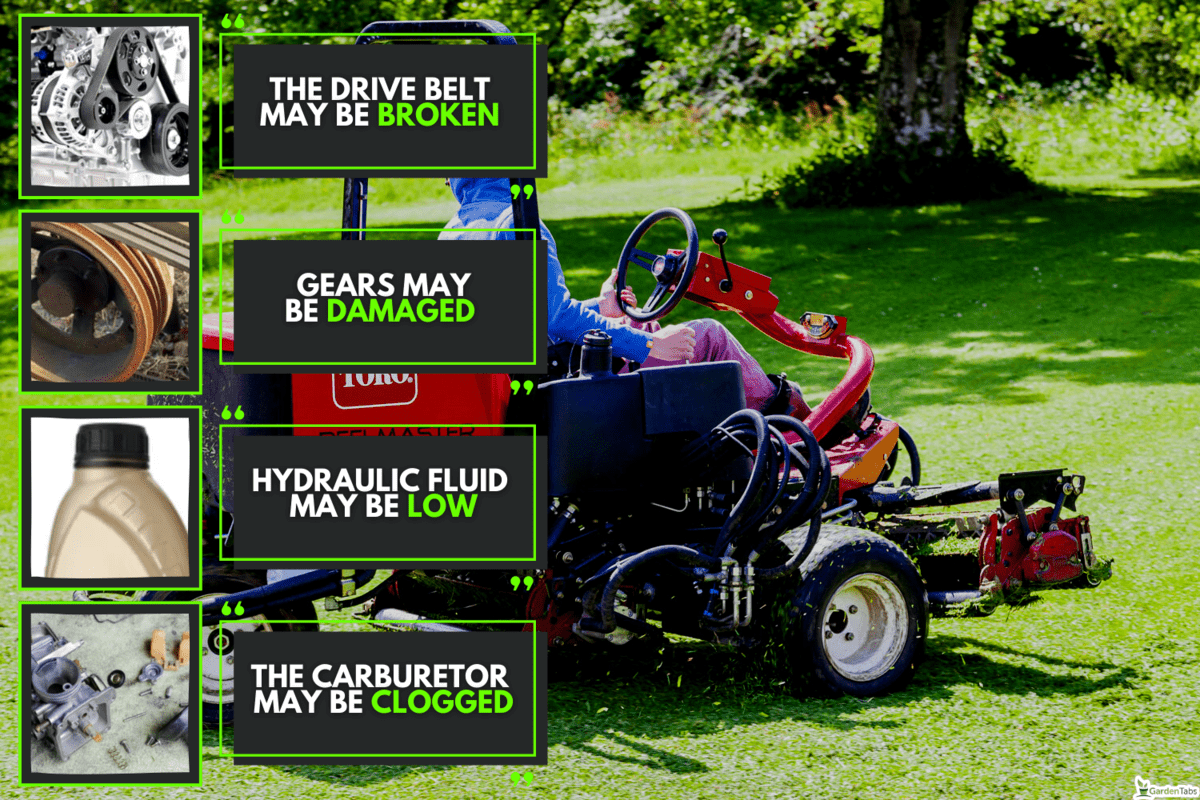
Reasons Your Toro Riding Mower Won't Move Forward Or Backward
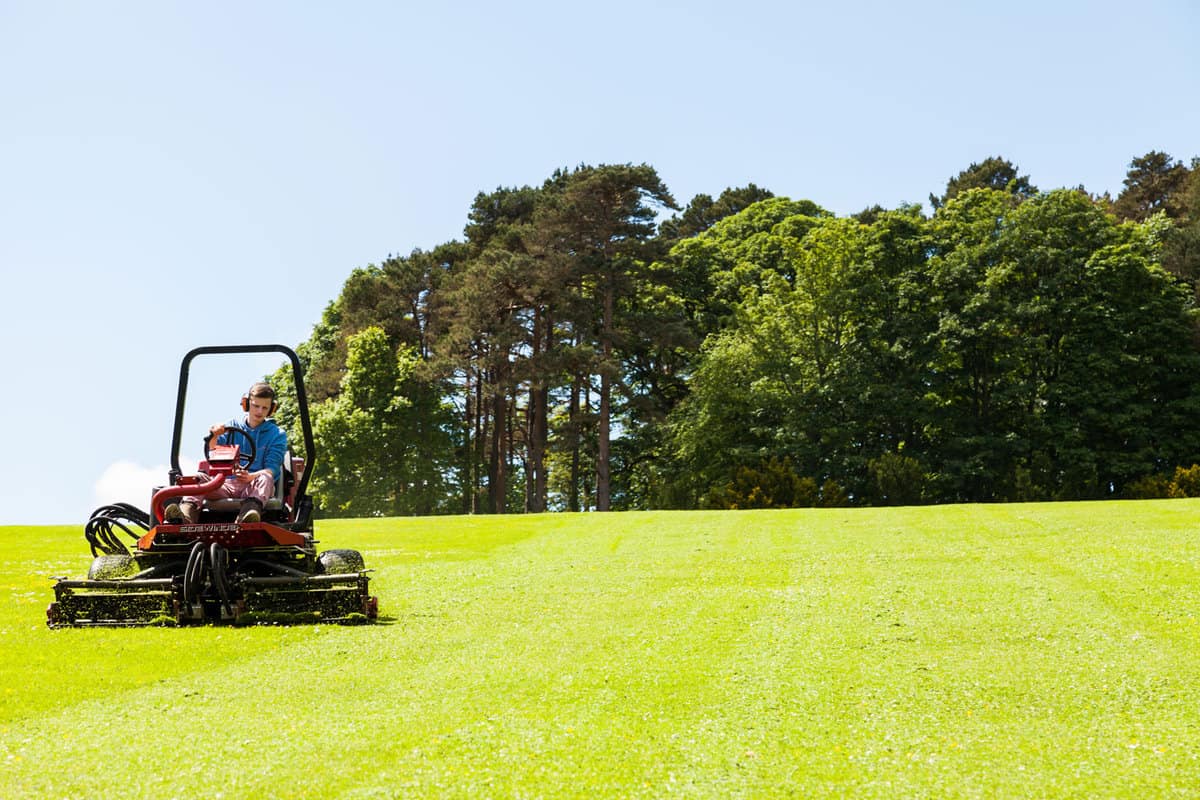
A riding lawn mower can be a big time-saver when cutting your lawn. But what do you do when your mower won't move forward or backward? There are a few reasons why this occurs, including the following:
Drive Belt Broken Or Stretched
If your Toro riding mower is not moving forward or in reverse, it may be due to a problem with the drive belt. The drive belt is a rubber belt that connects the engine to the transmission.
Over time, the drive belt can become worn or stretched, causing it to slip or break. If the drive belt is broken and overstretched, it will need to be replaced.
To replace it, you must remove the deck and unscrew the pulleys. Once the pulleys are removed, you can thread the new belt through and reassemble the mower.
Transmission Pulleys Damaged Or Worn Out
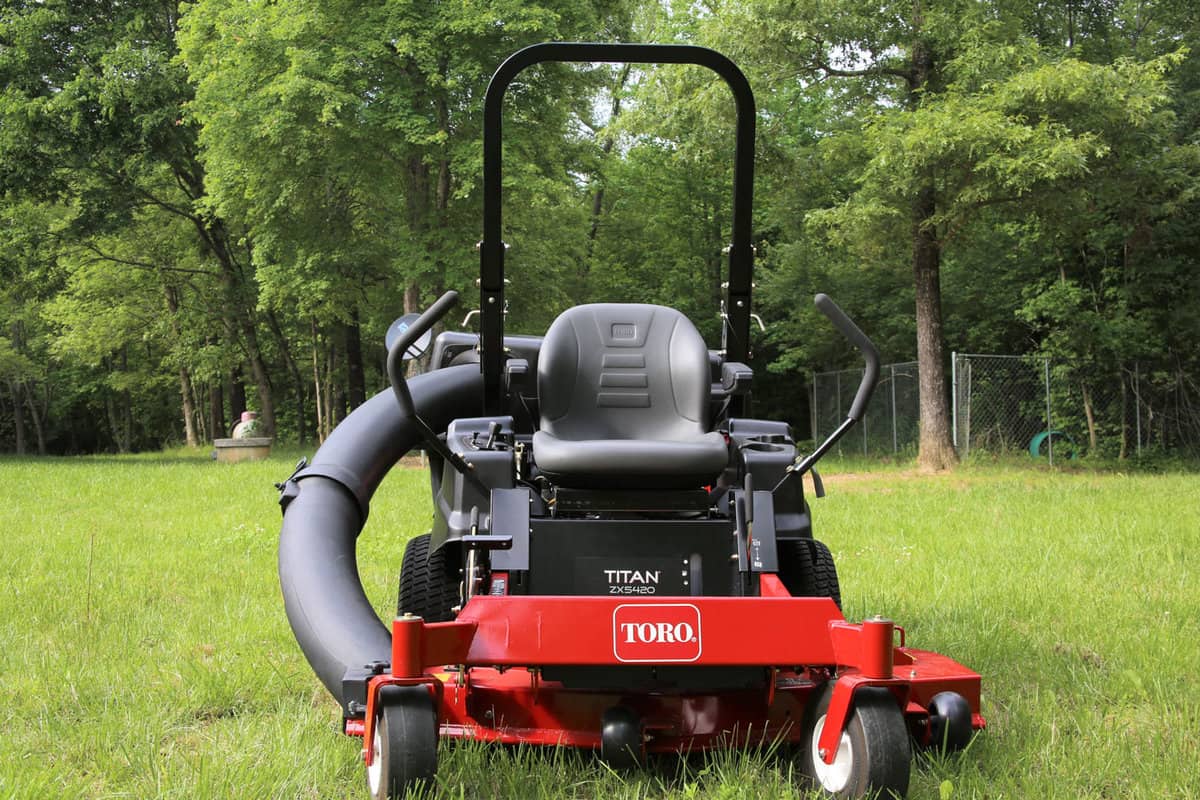
Another reason your Toro riding mower might not be moving forward or in reverse is that the transmission pulleys are damaged or worn out.
The transmission pulleys are located under the mower deck. They help to transfer power from the engine to the wheels.
If these pulleys are damaged, they can cause the mower to move erratically or not at all. You should check the transmission pulleys for wear and damage.
First, remove the deck and unscrew the pulley or gear from the transmission. Then, inspect the gear for any sign of damage. If the gear is damaged, you'll need to replace it.
However, if the gear is worn, you can try sanding it down with fine sandpaper until it is smooth again.
Once the pulley or gear is repaired or replaced, reattach it to the transmission and screw it in place. Then, reattach the deck, and you should be good to go.
Hydraulic Fluid May Be Low
Another reason is that the hydraulic fluid of your mower may be low. To check the fluid, remove the dipstick from the transmission and wipe it off with a clean cloth. Insert the dipstick back into the transmission and withdraw it.
You can check the fluid level by looking at the indicator or dipstick. The fluid level should be between the minimum and maximum marks on the dipstick indicator.
If the fluid level is too low, you should add hydraulic fluid. If the level is too high, you may need to drain some fluid to bring it down to the correct level.
Carburetor May Be Clogged

One other reason why your Toro riding mower is not moving forward or in reverse is that your carburetor may be clogged.
The carburetor mixes air and fuel before it flows into the engine. The engine can run lean or rich if the carburetor is not working properly.
A lean mixture will cause the engine to run hot and damage the engine. A rich mixture can make the engine run cooler and can cause the engine to stall.
To adjust the carburetor, you will need to remove the air filter and loosen the screws that hold the carburetor in place. Then, turn the adjusting screws until the engine runs at the correct speed.
Reasons A Toro Pull Cord Locks Up
Some reasons your Toro lawn mower pull cord may lock up are the following:
- The pull cord can lock up if the mower's engine isn't getting enough oil.
- A dirty air filter can restrict airflow to the engine, causing the pull cord to lock up.
- A mower's blade can cause the pull cord to lock up if it hits an object while running.
- The pull cord can lock up if the mower's wheels are stuck.
How To Repair A Stuck Pull Cord
Unsticking a pull cord on a lawn mower is not a difficult task and can be done in a few steps:
- Take the starter cord out of the pull handle.
- Remove the screws that are holding the starter assembly in place.
- Gently tap the starting clutch's cap.
- Take out the starting clutch assembly.
- Clean the rust from the ball bearings, the bearing pocket, the shaft, and any additional rust you may see with fine-grade steel wool.
- Reassemble the starter clutch and apply several drops of oil in the center.
How To Know If A Mower Transmission Is Bad
There are a few signs that your lawn mower transmission may be going bad. If you notice that your lawn mower is having trouble going up hills or is slower than usual, this may be a sign that the transmission is slipping.
Another sign of a bad transmission is if your lawn mower starts making strange noises. If you notice any of these signs, it is important to take your lawn mower to a qualified repair shop to check the transmission.
Cost To Replace Mower Transmission
On average, replacing the transmission on a riding lawn mower costs between $11 and $300.
The specific cost will depend on the make and model of the lawn mower, as well as the extent of the damage. If the damage is extensive, it may be necessary to replace the entire engine.
Check out this transmission drive belt on Amazon.
How To Tell If Your Mower's Carburetor Is Clogged
A clogged lawn mower carburetor can prevent the engine from getting enough fuel, leading to starting and performance problems. If your lawn mower's carburetor is clogged, you may experience one or more of the following symptoms:
- Your engine will not start.
- The engine may jerk or backfire when the fuel ignites.
- Black smoke may come out of the carburetor.
- Your carburetor may leak.
Cleaning A Clogged Mower Carburetor
If you're having trouble starting your riding lawn mower or it is running rough, the problem could be a dirty carburetor. You don't have to remove the carburetor to clean it, but you should disassemble it.
Cleaning the carburetor can be done with a simple can of carburetor cleaner, a bowl of hot water, and some rags. First, remove the air filter and spray the carburetor cleaner into the carburetor throat.
Let the cleaner soak for a few minutes, then use a rag to wipe away any built-up grime. Next, remove the carburetor bowl and clean it with hot water.
Be sure to clean all the small passages and jets. Once everything is clean, reassemble the carburetor and reinstall it.
Can You Turn A Riding Lawn Mower On Its Side?
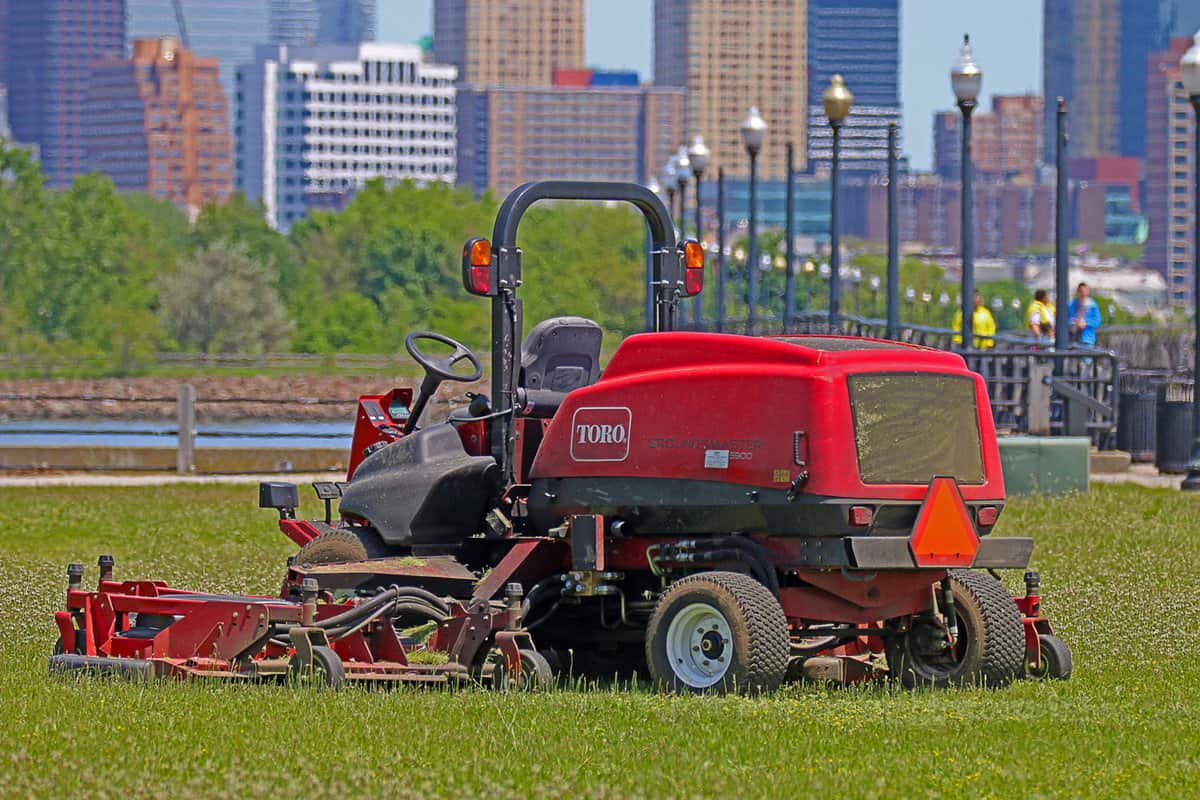
It is possible to turn a riding lawn mower on its side, but it is not recommended. Doing so can damage the engine and cause the blade to become misaligned.
If you must turn the mower on its side, disconnect the spark plug first to prevent the engine from starting.
The blade will stop spinning if you tilt a lawn mower on its side. This is because the blade is not in contact with the ground, so there is no resistance for it to spin against.
The engine will also shut off automatically to prevent damage to the lawn mower. If you need to tilt the lawn mower to empty the grass catcher, make sure the blade is disengaged first.
To Wrap Up
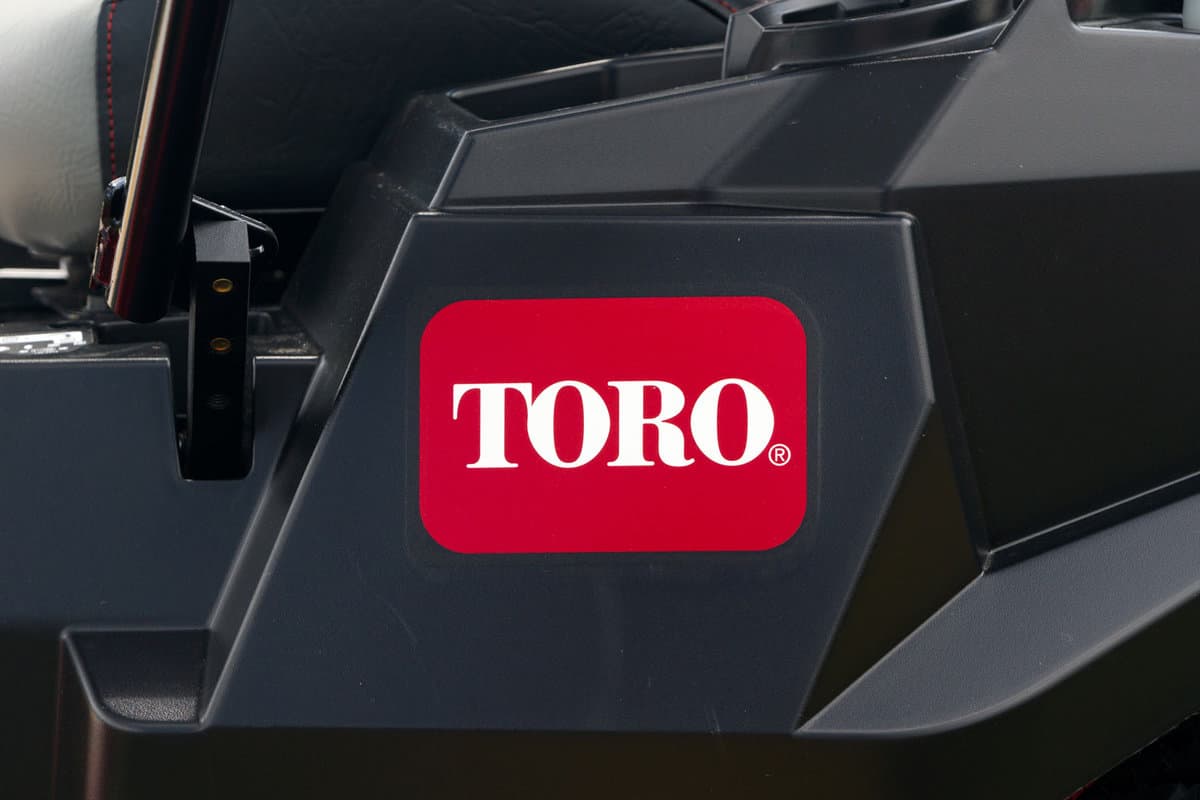
If your Toro riding mower is not moving forward or in reverse, it may be due to the causes we covered in this post.
By understanding some of the common causes of this issue and following some simple troubleshooting steps, you should be able to fix the problem on your own.
Whether it's a stuck transmission, a dead battery, or a damaged drive belt, various potential issues could be keeping your mower from moving.
To learn more, check out these related articles:
How To Use Quick Wash on Toro Lawn Mower
How Do You Charge an Electric Riding Lawn Mower?


